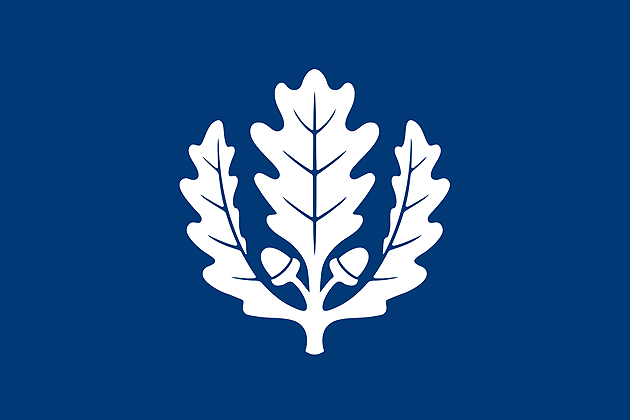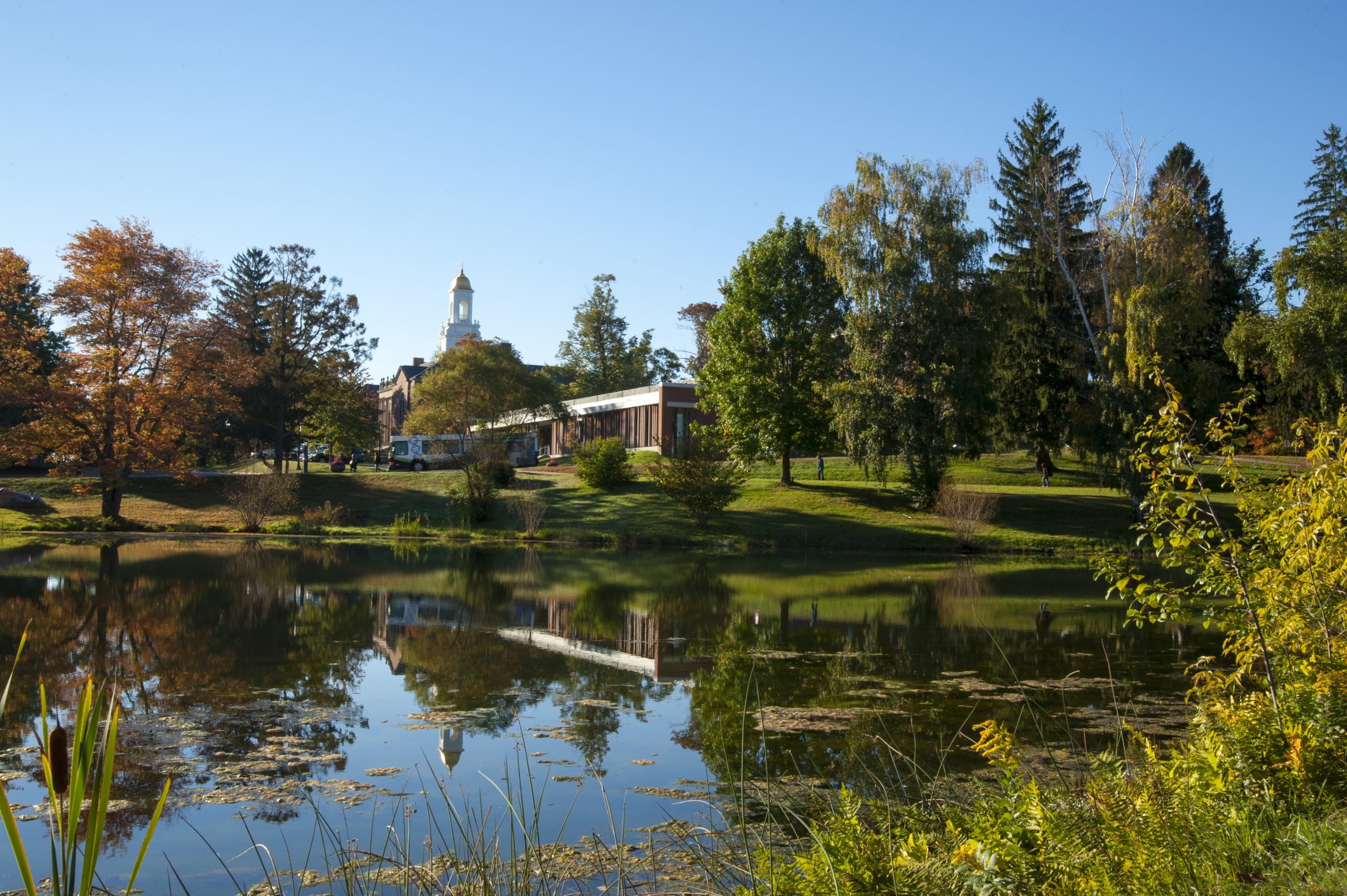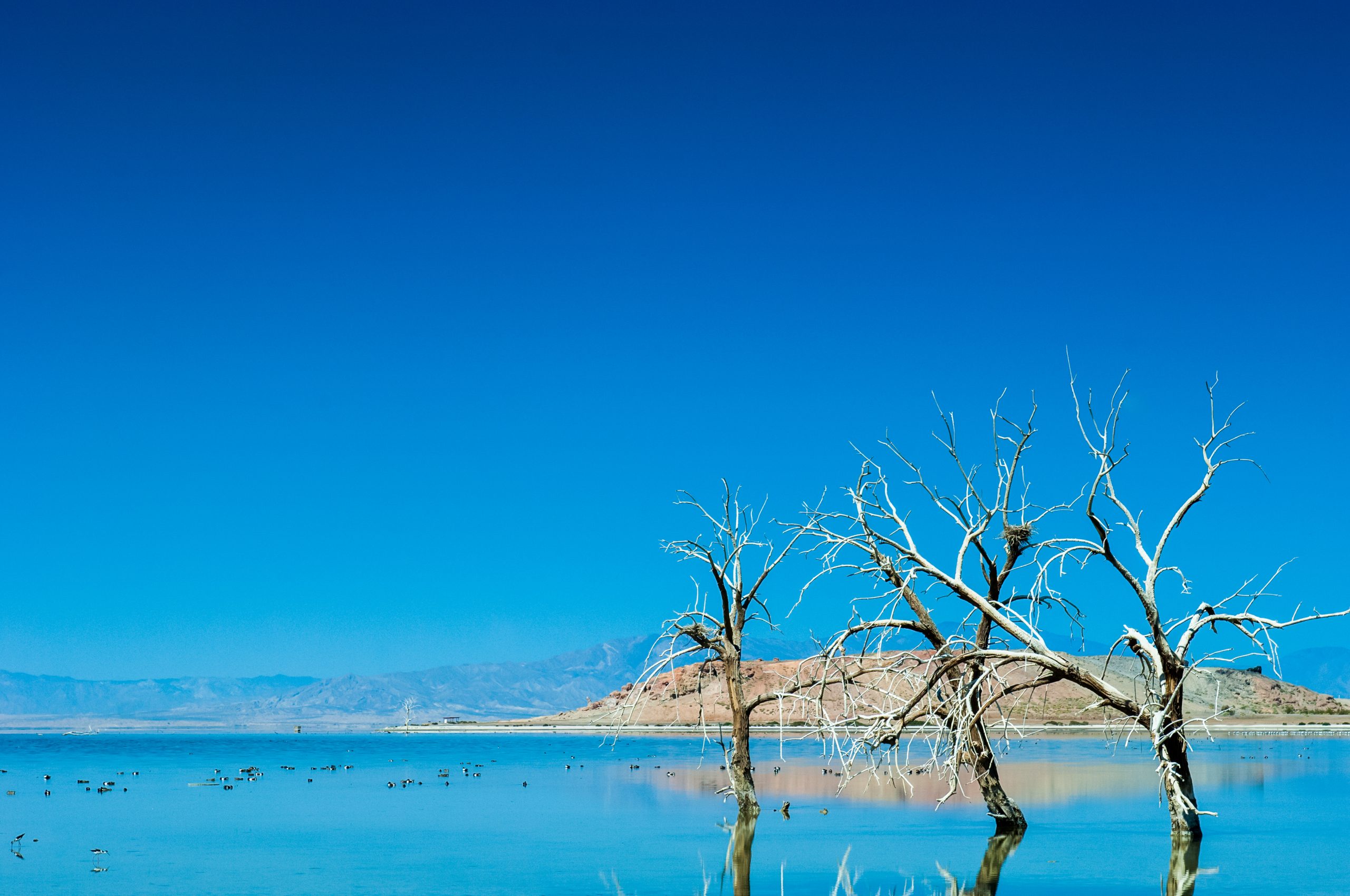The University of Connecticut has extended its comment period and has scheduled another public hearing on its evaluation of potential new water sources to meet the needs of the Storrs campus and surrounding area in coming decades.
The public comment period, previously set to end on Jan. 4, has been extended to Jan. 31 to ensure that interested individuals and groups have an opportunity to share their thoughts for UConn’s Environmental Impact Evaluation (EIE).
Individuals and organizations who already submitted written comments can update or revise them before the new closing date, and those who specifically requested the extension have been directly notified, UConn Environmental Compliance Analyst Jason Coite says.
A public hearing on the EIE was held in Mansfield in December. The University also has received requests for a second public hearing in the Farmington Valley area.
The second hearing will be held on Tuesday, Jan. 22, at 7 p.m. in the Human Resources Training Room at the UConn Health Center’s Munson Building, 16 Munson Road in Farmington. Interested parties wishing to provide verbal comments on the EIE for the official record can do so at the hearing.
UConn officials are reviewing three possible options as part of the work to complete the EIE, which includes identifying a source that could produce 2 million gallons of water per day to serve various projects in coming decades in Mansfield and at the University.
Redevelopment of Mansfield’s Four Corners and the University’s Depot Campus, long-term development of the UConn Technology Park, and construction of a community-supported assisted living community on Maple Road in Mansfield all require reliable sources of water over the next several decades.
“Securing additional sources of supply to meet these planned growth needs and maintaining an adequate margin of safety is essential to properly operating and managing a public water supply system,” says Thomas Callahan, UConn associate vice president.
Water use on campus is actually lower now than it was about a decade ago, despite the area’s growth in population and infrastructure – a fact attributable to concerted conservation efforts and reclamation initiatives.
One such initiative, a new water reclamation facility nearing completion on the Storrs campus, is expected to be especially helpful in UConn’s work to manage water demand. Scheduled to be operational early this year, it will allow the University to treat up to 1 million gallons of non-potable, or not drinkable, water per day.
The reclaimed water will be used to help run the University’s CoGeneration power plant, which provides electricity, air conditioning, and heat across most of the Storrs campus. It is currently the single largest user of potable water on campus, requiring as much as 350,000 to 400,000 gallons of water on a hot summer day.
UConn students have also been critical partners in the effort to conserve water on campus and in the region.
Even with the reclamation and conservation efforts, though, an additional water supply source will be needed to meet the projected growth of the University and the town of Mansfield over the next 50 years.
Three options are being reviewed as part of the EIE: a connection with Connecticut Water Co., whose pipeline would be extended from Tolland; a connection with Windham Water Works in the southern section of Mansfield; or a connection with the Metropolitan District Commission, which would extend a pipeline from East Hartford to the region.
The process is governed by rules of the Connecticut Environmental Policy Act, which require UConn to review and respond to comments it receives in response to the EIE; prepare a report for consideration by the UConn Board of Trustees; and, if approved, forward it to the state Office of Policy and Management for review.
Each alternative would also require permits and approvals, continuing to provide opportunity for public input at various stages. UConn hopes to complete the EIE this spring and negotiate agreements later in the year, although design and construction would take between three and five years, depending on the option selected.
The EIE is available for review online at: http://www.envpolicy.uconn.edu/eie.html



